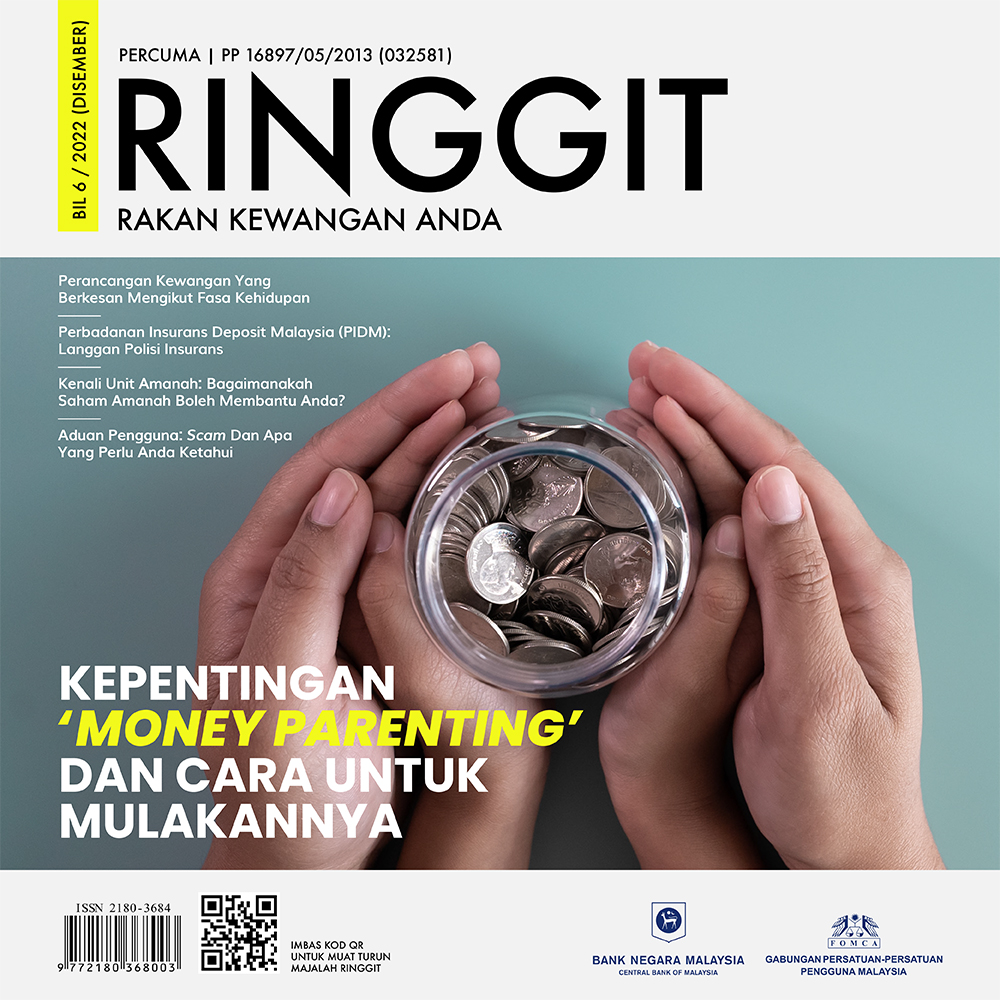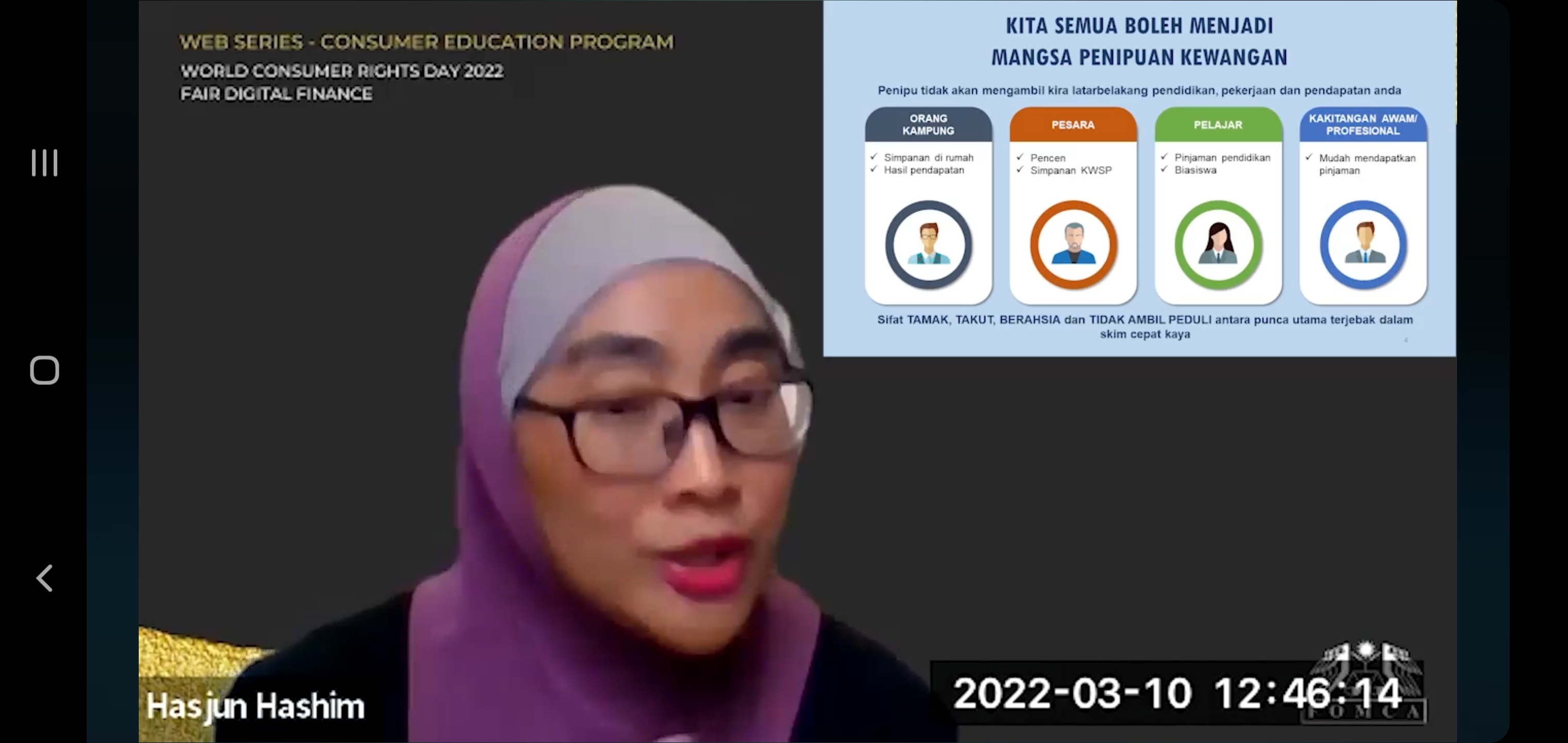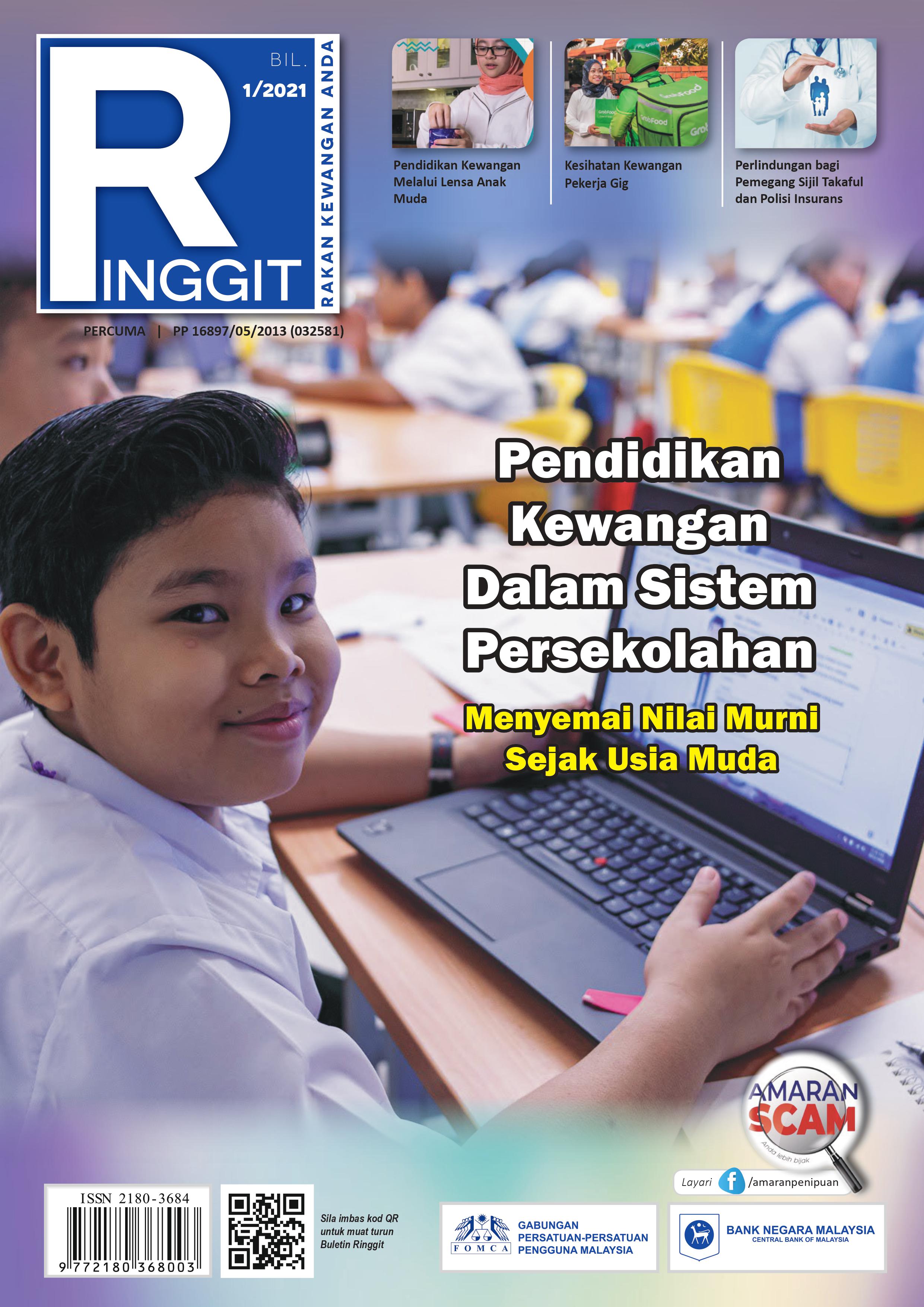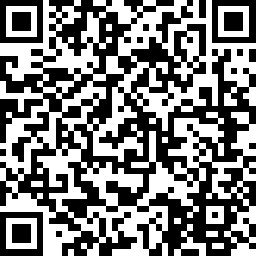PETALING JAYA: Once a week since December 2017, Sivasangaran Kumaran will strap his 21-month-old daughter Swathi Nisha Nair in the car seat and make the long drive from Seremban to Hospital Kuala Lumpur.At the hospital, Swathi gets three vials of drugs injected into her body as part of her enzyme replacement therapy.After that, Sivasangaran will drive her home and gets her ready for the next in a medley of treatments, including aquatherapy, speech therapy, occupational therapy and physiotherapy.Little Swathi is battling a rare disease called Infantile Pompe Disease.It is a genetic disorder that prevents the body from breaking down glycogen into simple glucose, causing severe damage to the muscles.“The amount of medication and therapies she has to go through is taxing for a child who is less than two years old and taxing for us parents, too, because it’s costly,” said Sivasangaran, 40, adding that his wife had sacrificed her career to take care of Swathi.
Swathi’s weekly enzyme replacement therapy alone costs RM7,500 per session.Sivasangaran and his wife received the heartbreaking diagnosis when Swathi was only seven months old after a prolonged pneumonia led to the discovery of her failing heart.In trying to secure treatment and funding for Swathi, Sivasangaran saw himself struggling with what every rare disease patient and family face – lack of access to medication, funding, medical knowledge and little protection of the rights and dignity of patients.“In Malaysia, as there is no official registry for rare diseases, we are not able to track the actual number of rare disease patients.“We don’t have statistics and numbers on these diseases,” he said.
It is World Rare Disease Day today.
According to Rare Disease Malaysia, a website Sivasangaran started to rally the rare disease community, there are at least 79 types of rare diseases found in Malaysia.Although the number of patients of each disease is small, rare disease patients as a collective is common.But the Health Ministry has yet to set an official definition for rare disease, complicating the monitoring and regulation of the management of rare diseases.The Malaysian Rare Disorders Society (MRDS) has, therefore, taken it upon themselves to classify rare disease as a disease that affects less than one in every 4,000 people of the general population.For Sivasangaran, this lack of basic definition is just the surface of a larger issue – Malaysia does not have a National Rare Disease Policy.
That is what the senior service delivery manager with Microsoft Malaysia is trying to secure through advocacy on his Rare Disease Malaysia platform that was launched by Prime Minister Tun Dr Mahathir Mohamad last November.Last year, a letter jointly written by three doctors from Universiti Sains Malaysia and University Malaya Medical Centre revealed that only 60% of rare disease patients in Malaysia are receiving treatment due to a lack of treatment options or a long waiting list.On Dec 17 last year, Deputy Health Minister Dr Lee Boon Chye had told the Dewan Negara that the ministry would be formulating a National Framework for Rare Diseases but did not provide a timeline.Dr Lee said the framework would include the setting up of a governance committee and a rare disease data system to facilitate policymaking, programmes, strategy and intervention.








